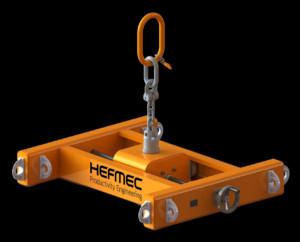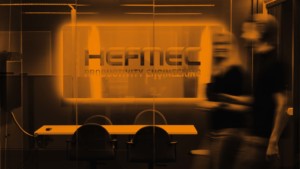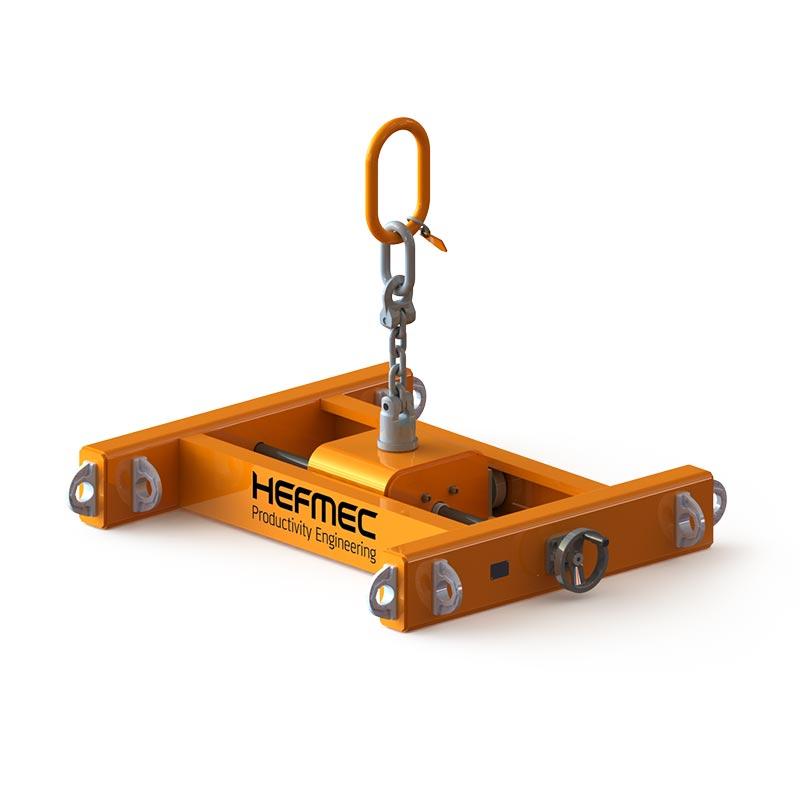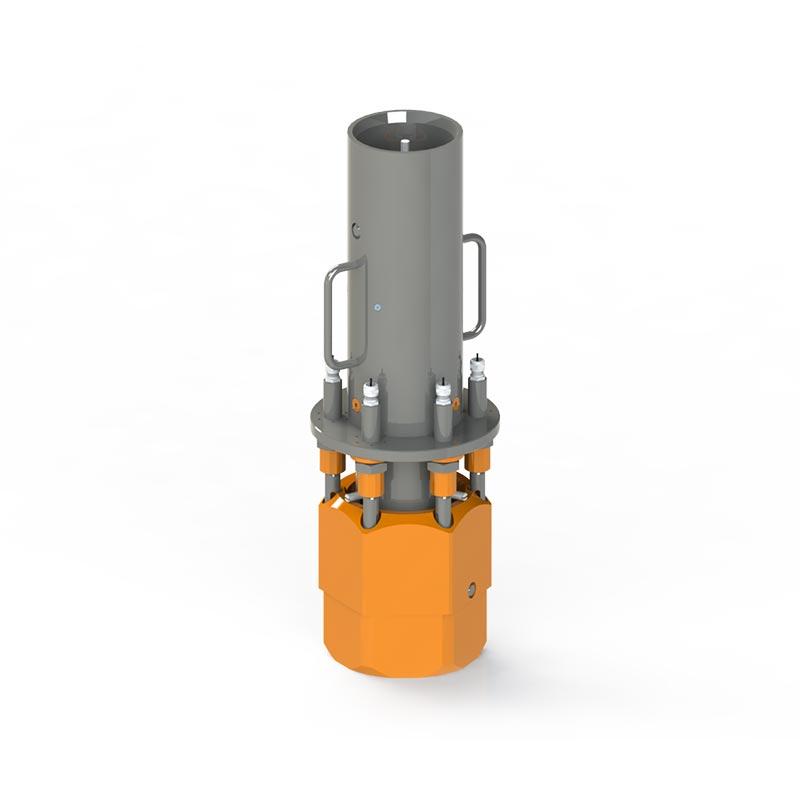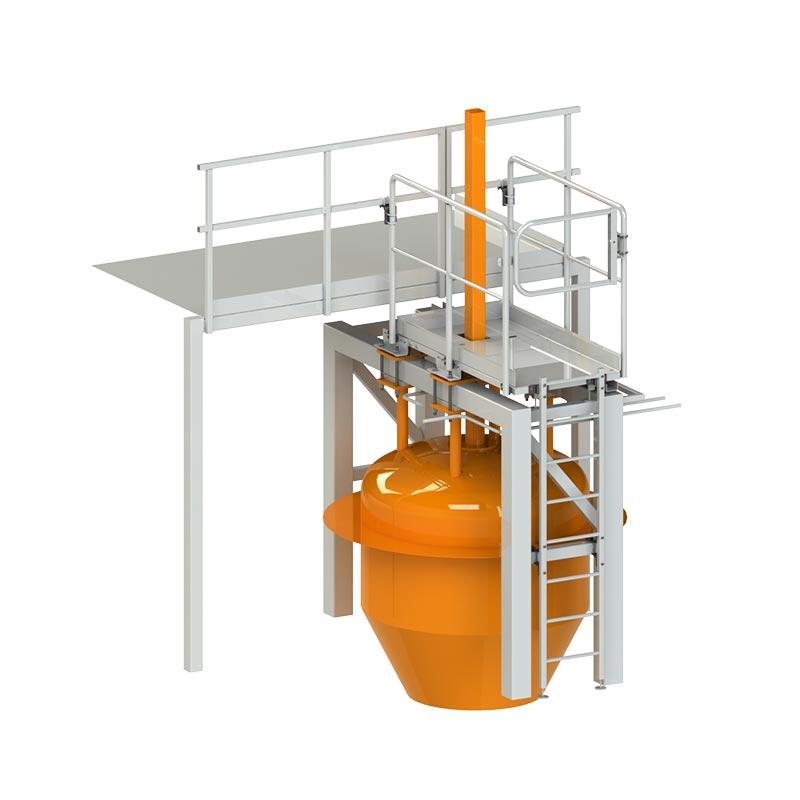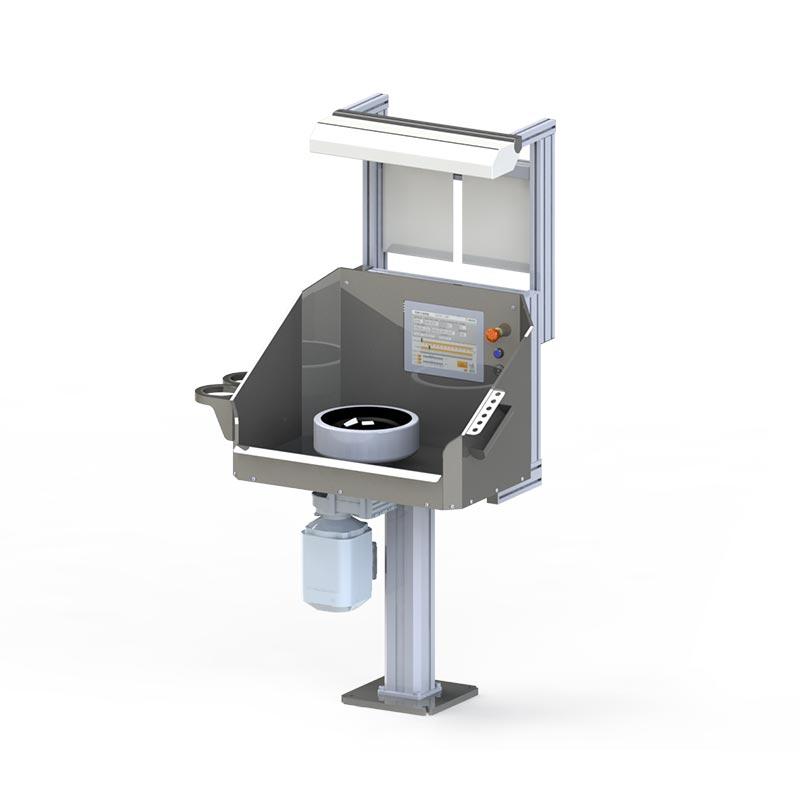Yes, a lifting beam can be used for off-centre lifting, as long as the lifting equipment is designed and dimensioned correctly for uneven loads. In off-centre lifting, the centre of gravity of the load is not in the centre of the lifting beam, which causes an uneven distribution of forces and requires special attention to ensure safety. Professionally designed lifting beams compensate for off-centre loads with adjustable lifting points and a reinforced structure.
What do off-centre lifts mean in lifting technology?
Off-centre lifts are lifting situations where the centre of gravity of the load is located to the side of the centre line of the lifting beam. This means that the mass of the load is distributed unevenly along the length of the lifting beam, causing different forces at different lifting points. This is a common challenge in lifting technology, requiring special design and expertise.
In industry, off-centre lifting occurs in many situations. Typical examples are asymmetrical machine parts, special shaped steel structures and production equipment where the centre of mass is not at the geometric centre. In mechanical engineering, situations are often encountered where the shape of the workpiece to be lifted or internal components cause the centre of gravity to shift.
Non-central loading has a significant impact on lifting operations. Different forces are exerted on different sides of the lifting beam, which can cause tilting or rotation during lifting. This requires careful planning and selection of the right lifting equipment to ensure safe lifting.
How does the lifting beam work for off-centre lifting?
The lifting beam compensates for the off-centre load by distributing the forces in a controlled manner to the different lifting points. When the centre of gravity of the load is not in the middle, one end of the lifting beam carries a larger part of the load. This uneven distribution of forces causes bending moments, which the lifting beam structure is designed to withstand.
The influence of moments on the structure of the lifting beam is significant. Non-central loading causes bending and torsion of the lifting beam, which must be taken into account in the design. The profile and material strength of the lifting beam is dimensioned to safely withstand these additional stresses.
Special lifting beam solutions are optimised specifically for off-centre lifting. OptiBeam adjustable lifting beams allow the lifting points to be moved to the correct position according to the load’s centre of gravity. This feature is particularly important when handling variable loads or differently shaped pieces.
Technically, the lifting beam compensates for uneven loading in several ways. Adjustable lifting points allow optimisation of force distribution, a reinforced structure resists uneven loads, and integrated measuring scales make it easy to make the right adjustment. OptiBeam HEAVY lifting beams are specially designed for lifting heavy off-centre loads of over 5 tonnes.
What safety issues need to be considered for off-centre lifting?
The key safety factors in off-centre lifting are load management and the correct sizing of lifting equipment. Uneven loads increase the risk of tipping and falling, so lifting operations require particular care and skill. The lifting beam and all lifting accessories must be dimensioned for the additional stresses caused by an off-centre load.
The calculation of the load capacity of a lifting beam under off-centre loading is different from normal symmetrical lifting. The greatest load is applied at the lifting point closest to the centre of gravity of the load. This lifting point may have to carry up to 70-80% of the total load, which must be taken into account when selecting and sizing the lifting beam.
Safety standards and quality guarantees are an essential part of safe lifting technology. All the lifting equipment we supply meets stringent safety requirements and comes with a lifetime guarantee. This warranty covers the structural integrity of the lifting beam, even under non-central loading conditions, when the equipment is used for its intended purpose.
| Inspection site | Inspection interval | Special attention to off-centre lifts |
|---|---|---|
| Structure of the lifting beam | Daily before use | Check in particular for bends and deformations |
| Lifting points and fixings | For each lifting operation | Ensure that adjustments are locked and correctly positioned |
| Load capacity indications | Monthly | Check the limits of the non-central load |
| Annual check | Annually | Overall inspection by a professional |
When are special lifting beam solutions needed?
Special lifting beam solutions are needed when standard lifting beams cannot handle off-centre loads safely or efficiently. Typical situations include very heavy off-centre loads, exceptionally uneven mass distribution or repeated lifting with varying loads. In these cases, a tailor-made solution ensures both safety and efficiency.
Tailored lifting beam solutions are always designed to meet the customer’s specific lifting needs. FixedBeam fixed lifting beams are suitable for situations where similar off-centre loads are lifted repeatedly. The choice of materials, suspension height and lifting link positions are optimised for the specific application.
In mechanical engineering and production technology, special lifting beams are used in a wide range of applications. Examples of applications include lifting large machine tool parts, installing asymmetrical steel structures and moving specially shaped production equipment. In prefabricated construction and the steel industry, special lifting beams allow safe working even in challenging conditions.
Cost-effectiveness comes from a correctly sized solution. An oversized lifting beam is unnecessarily expensive and difficult to handle, while an undersized one is a safety risk. Tailor-made solutions ensure that the lifting beam is optimised for the specific application, saving both procurement costs and daily use.
Key guidelines for the use of the lifting beam in off-centre lifting operations
The safe performance of off-centre lifts requires a systematic approach and adherence to the right principles. The most important principles are to determine the centre of gravity of the load before lifting, to adjust the lifting points of the lifting beam according to the centre of gravity, to use adequate safety margins in the dimensioning and to carry out the lifting operation in a controlled manner without sudden movements.
Practical measures for off-centre lifting always start with careful planning. The centre of gravity of the object to be lifted must be determined in advance, either by calculation or experiment. The integrated measuring scale of OptiBeam lifting beams makes it easy to make the correct adjustment when the centre of gravity is known.
Our expert services cover the entire lifting challenge from start to finish. We design and deliver customised lifting beam solutions that meet your exact needs. Our rapid response means that while others talk months, we talk days.
Our technical expertise ensures that every lifting beam solution is both technically and economically correct. We take full responsibility for the solutions we design, which is demonstrated by our lifetime guarantee. This gives our customers the assurance that their lifting equipment will perform reliably even in demanding off-centre lifting applications.
Contact us when you need tailor-made lifting solutions for off-centre lifting. Our experts will assess your lifting needs and design the optimal solution for your specific application. Whether it’s adjustable OptiBeam lifting beams for lighter lifting or FixedBeam solutions for heavy loads, we will quickly deliver the lifting equipment directly to your site.


